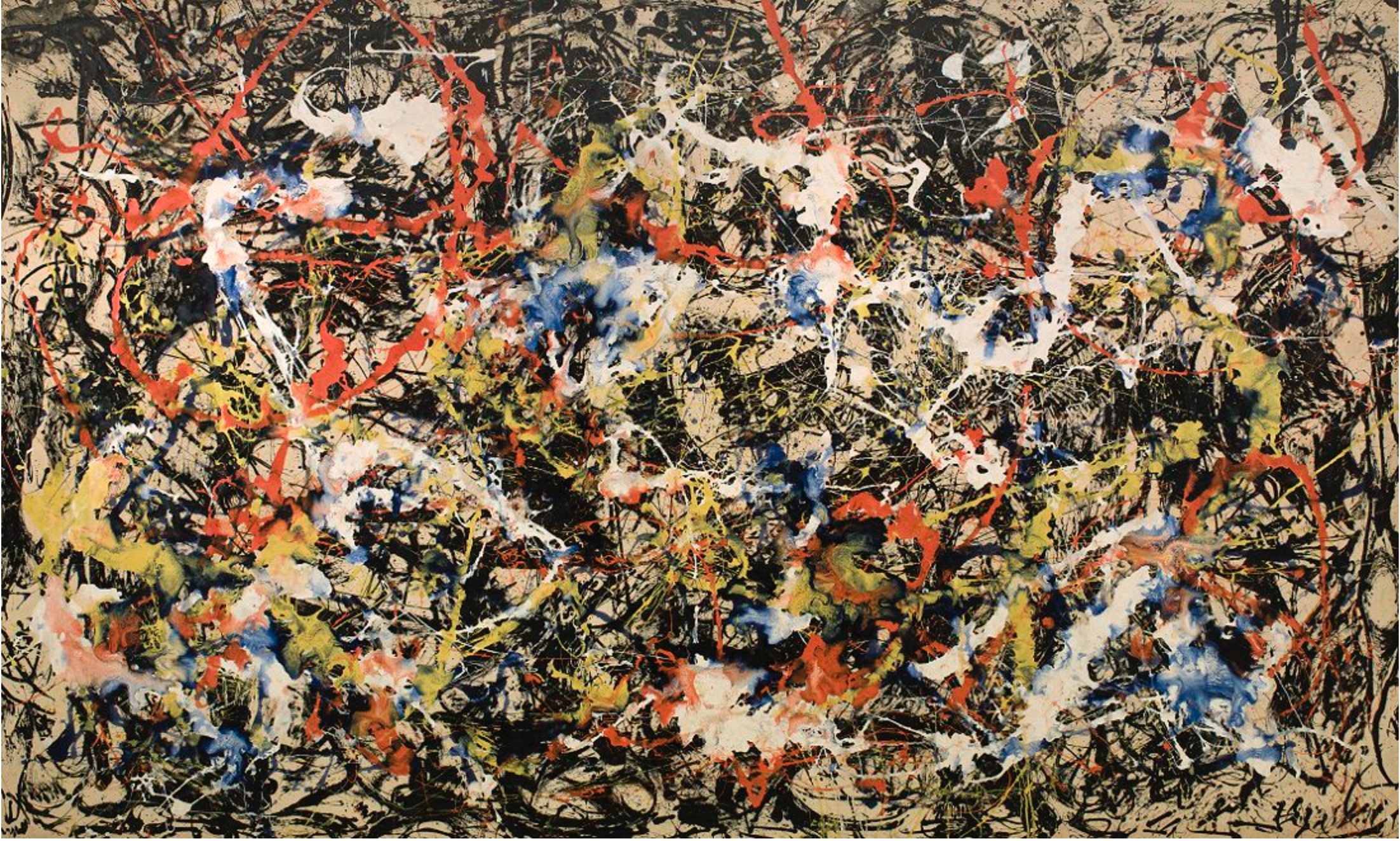What is trauma?
Trauma in the psychological sense was adapted from the medical definition of a serious wound to include a psychic, emotional injury, or shock. In essence, it is any event that exceeds a person’s ability to cope. Many substance abuse clients have faced adverse experiences which may lead them to experience psychological trauma. Substances may provide a temporary relief from the emotional and psychological symptoms that accompany unresolved trauma such as depression, anxiety, panic, and fear, but this relief often masks the symptoms associated with trauma, creating an avoidance pattern. So, the worse one feels, the more they may want to use substances for relief. The more a person turns to drugs or alcohol, the worse they might feel, and a destructive cycle is begun.
How is the brain affected by trauma?
The fight or flight part of the brain is activated, and the language center is deactivated. Talking about what happened might be difficult because of the two competing parts of the brain are not working together. Experiential activities like art are an expressive medium to help put words to what might otherwise be challenging to verbalize.Thus, art becomes the language needed to heal.
What does art have to do with treatment?
Many clients groan and grumble at the thought of doing art. I’ve heard things like, “I can’t draw,” “Art doesn’t have anything to do with my drug use,” or clients will try to avoid the art group altogether. Using a creative means within a full treatment program helps clients access information that might be otherwise missed. Because of participating in the art therapy groups, many clients have had emotional breakthroughs that they weren’t able to realize through traditional talk therapy. Some clients have discovered they are in an unhealthy relationship or specific behavior patterns that have contributed to substance use. Other clients have verbalized things they previously felt unable to.
Centered Recovery uses a trauma-informed approach to art therapy groups.
Trauma-informed concepts are:
- Ensuring and promoting physical and emotional safety.
- Creating an atmosphere of trustworthiness and transparency.
- Peer support through listening, acknowledging, witnessing, and accepting.
- Collaboration and mutuality by recognizing that healing occurs in the meaningful sharing of power and decision-making.
- Empowering clients by building on their strengths, acknowledging each experience and individual as unique.
- Addresses and values culture, intersecting identities, historical and institutional trauma, and oppression
Trauma-informed art in action includes observing confidentiality, and clients are invited to participate by either watching the therapeutic art process, writing, drawing, or fully engaging in whatever the activity is. The goal of the group is to provide a meaningful session while ensuring safety for all involved. Encouraging emotional safety means practicing self-care during the creative process by taking short breaks, processing feelings, or taking slow, deep breaths. The point isn’t to create pleasing art, as the meaning created is more important than the finished product.
Consider joining an art therapy group! You don’t have to be an artist. You just might be surprised by the process. Centered Recovery includes art therapy groups weekly as part of their mindfulness-based recovery program. If you’re interested in learning more about Centered Recovery or its approach, call us at 800-556-2966.






